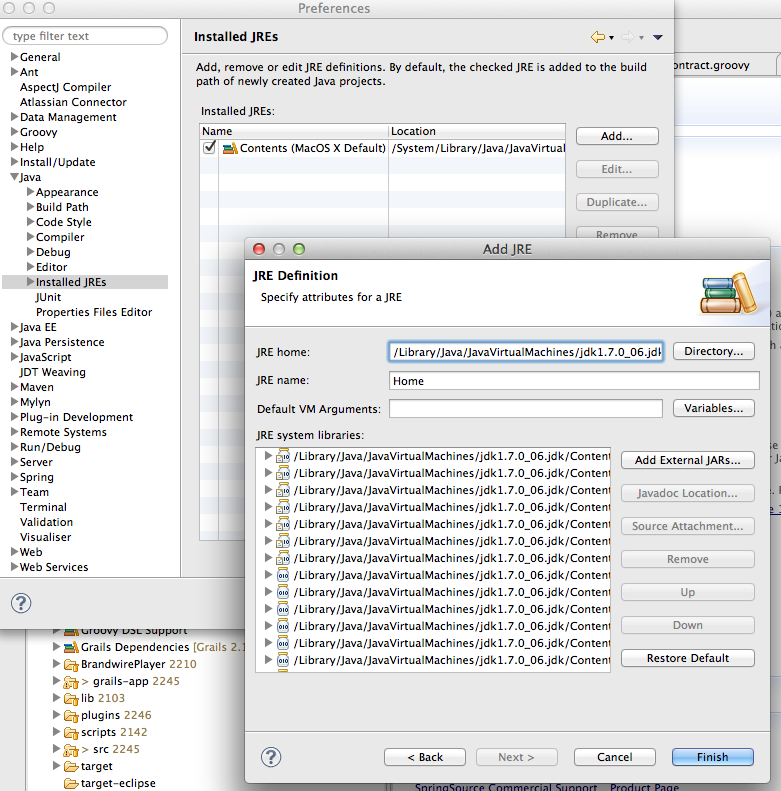


The most important step after installing Java on Mac is setting the PATH variable value.Just yesterday, Apple pushed out a Java update (via OS X Lion Software Update) to remove the Flashback malware from Macs running OS X Snow Leopard and OS X Lion and now, a new standalone Flashback malware removal tool version 1.0 has been released to allow the trojan’s removal from non-Java systems as well. Java Installer dialog box will open on your system, click on “ Install” button:Īs you can see, we have successfully installed Java on our Mac system, click “Close” button: Find the JRE package in the opened folder and click on it:

Open up the folder where the downloaded installer file is saved. To install Java 17 on Mac, firstly, visit the official website, click on “ Download Java”:Ī new page will open, click on green button to begin downloading: There are some steps that need to be followed to install Java on Mac. Here, the question arises why we have selected Java 17 over other LTS releases? To install and execute any Java-based application, you must have Java 17 installed on your system. This section will teach the procedure of installing Java 17 on Mac. Java 7 and later versions such as Java 17 require an Intel-based Mac running Mac OS X 10.7.3 or above as their Operating System.For Java installation, the logged-in user must have administrator privileges.Your Mac system must fulfill the below-given system requirements for Java installation: This blog will explain how to install Java on Mac. The most recent version of Java is Java 17, and this Long Term Supported (LTS) release will be supported until 2029. Java is platform-independent as the code is written once and runs anywhere. It is a secure, efficient, and easy-to-learn object-oriented programming language. James Gosling developed Java in 1995 at Sun Microsystems.


 0 kommentar(er)
0 kommentar(er)
